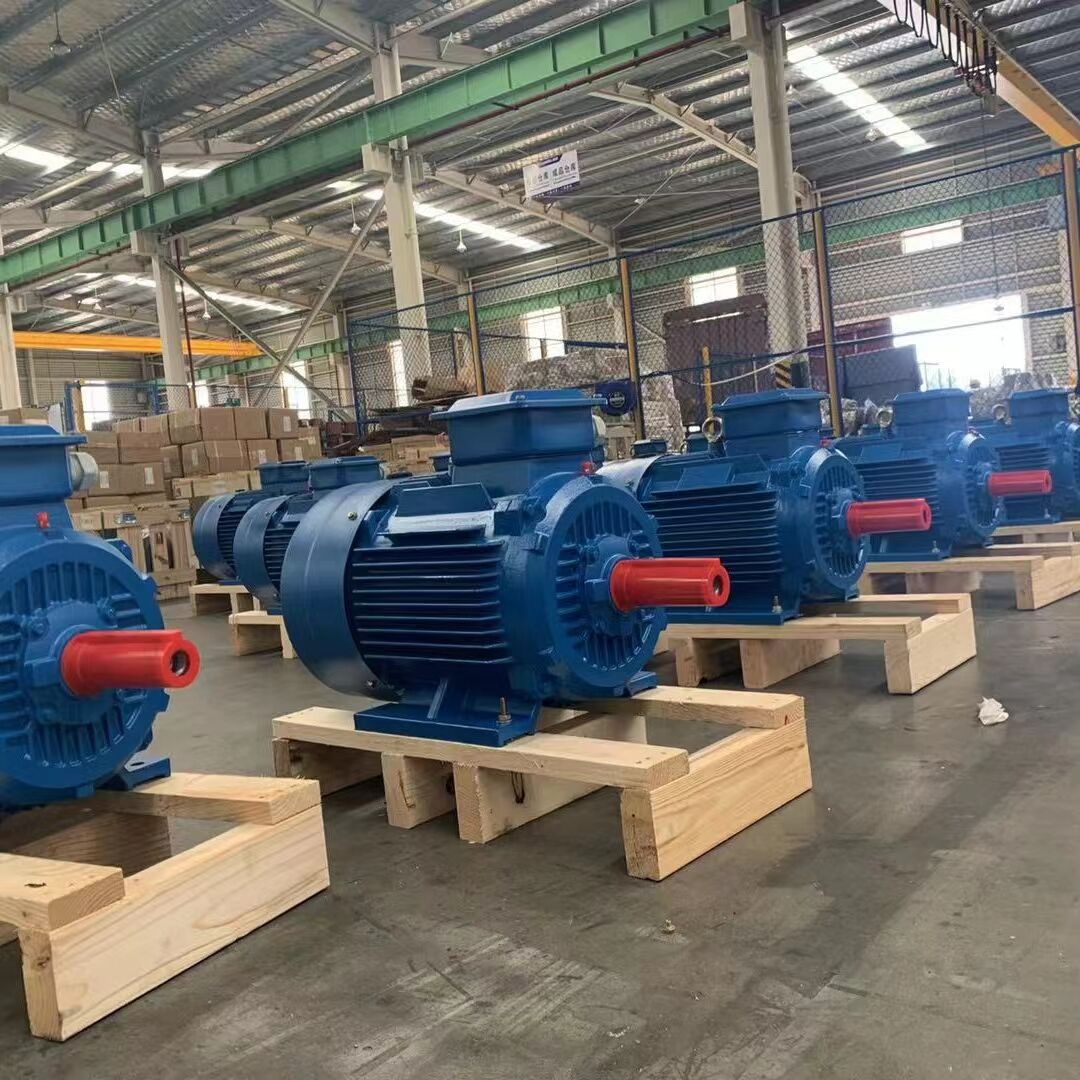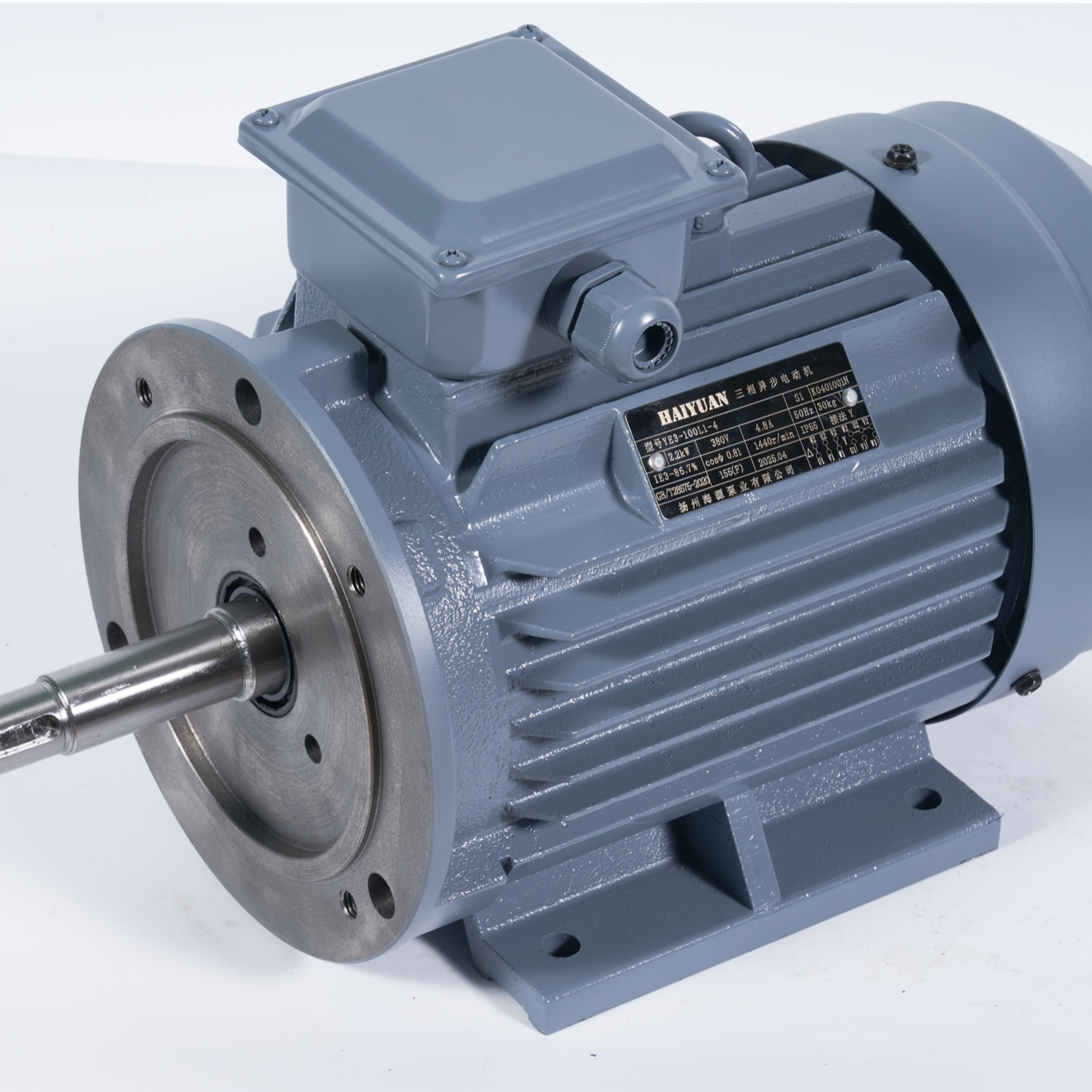Understanding the Power of Asynchronous Motor Technology
Asynchronous motors, also known as induction motors, have revolutionized industrial applications with their robust design and reliable performance. These powerhouses of mechanical energy have become the backbone of countless industrial processes, offering unparalleled advantages in terms of efficiency, maintenance, and cost-effectiveness. Their operational principle, based on electromagnetic induction, has made them indispensable across various sectors, from manufacturing to HVAC systems.
In today's industrial landscape, asynchronous motors stand out for their simplicity and durability. Unlike their synchronous counterparts, these motors don't require complex starting mechanisms or permanent magnets, making them an economical choice for many applications. Their ability to handle varying loads while maintaining consistent performance has made them the go-to choice for industrial equipment manufacturers and system designers.
Industrial Manufacturing Applications
Heavy-Duty Production Equipment
Manufacturing facilities rely heavily on asynchronous motors to power their production lines. These motors excel in applications requiring constant torque and speed control, such as conveyor systems, packaging machines, and assembly line equipment. Their robust construction allows them to withstand the demanding conditions of continuous operation, while their efficiency helps maintain optimal production rates.
The adaptability of asynchronous motors makes them particularly suitable for metal processing equipment, where precise control and consistent performance are crucial. From metal cutting machines to rolling mills, these motors provide the necessary torque and speed stability required for high-quality production outcomes.
Material Handling Systems
Warehouses and distribution centers utilize asynchronous motors extensively in their material handling equipment. Automated storage and retrieval systems, conveyor belts, and sorting machines all benefit from the reliable performance of these motors. Their ability to start under load and maintain steady operation makes them ideal for applications where frequent stops and starts are common.
The superior thermal characteristics of asynchronous motors also make them perfect for continuous duty applications in material handling. Their simple design allows for effective cooling, ensuring reliable operation even in demanding environments with extended running times.

HVAC and Pumping Systems
Commercial Air Handling Units
The HVAC industry has embraced asynchronous motors for their reliability and energy efficiency in air handling applications. These motors power fans and blowers in commercial buildings, shopping centers, and industrial facilities. Their variable speed capability, when paired with modern drive systems, allows for precise control of airflow and temperature regulation.
Building automation systems particularly benefit from the controllability of asynchronous motors. The ability to adjust motor speed based on demand helps optimize energy consumption while maintaining comfortable indoor environments. This makes them an essential component in green building initiatives and energy-efficient HVAC designs.
Water and Wastewater Processing
Municipal water treatment facilities rely heavily on asynchronous motors for their pumping operations. These motors drive centrifugal pumps, aerators, and other critical equipment in water processing systems. Their robust construction and resistance to moisture make them ideal for these challenging environments.
The reliability of asynchronous motors in continuous operation makes them particularly valuable in wastewater treatment applications. Their ability to handle varying loads efficiently helps maintain consistent flow rates and process stability, essential for effective water treatment operations.
Transportation and Infrastructure
Elevator and Escalator Systems
Modern buildings depend on asynchronous motors for vertical transportation systems. These motors provide the smooth operation required for elevators and escalators, ensuring comfortable and reliable movement of passengers. Their precise speed control capabilities, combined with modern drive systems, enable energy-efficient operation and optimal performance.
The safety features inherent in asynchronous motor design make them particularly suitable for elevator applications. Their ability to provide controlled deceleration and maintain stability under varying loads contributes to the overall safety and reliability of vertical transportation systems.
Railway and Transit Applications
The transportation sector utilizes asynchronous motors in various applications, from railway traction systems to automated platform doors. These motors offer the reliability and performance necessary for critical transportation infrastructure. Their robust design and minimal maintenance requirements make them ideal for these demanding applications.
Modern electric trains and trams increasingly rely on asynchronous motors for propulsion. Their excellent speed control characteristics and energy efficiency contribute to the overall performance and sustainability of urban transit systems.
Renewable Energy Systems
Wind Power Generation
The renewable energy sector has found innovative applications for asynchronous motors, particularly in wind power generation. When used as generators, these machines can effectively convert wind energy into electrical power. Their simple construction and reliability make them an attractive choice for wind turbine manufacturers.
The ability of asynchronous motors to handle variable speeds and loads makes them particularly suitable for wind power applications. Their robust design helps them withstand the challenging conditions typically encountered in wind farms, including temperature variations and mechanical stress.
Hydroelectric Power Plants
Small-scale hydroelectric installations often utilize asynchronous motors as generators. Their ability to synchronize with the power grid and handle varying water flow rates makes them ideal for micro-hydro applications. The simplicity of their design contributes to lower maintenance requirements and improved reliability.
The cost-effectiveness of asynchronous motors in small hydroelectric projects has made them popular in remote and rural electrification efforts. Their durability and minimal maintenance needs make them particularly suitable for installations in areas with limited technical support.
Frequently Asked Questions
What makes asynchronous motors so popular in industrial applications?
Asynchronous motors are widely used in industry due to their robust construction, simple design, and excellent reliability. They offer low maintenance requirements, high efficiency, and the ability to operate effectively under varying load conditions. These characteristics, combined with their cost-effectiveness, make them ideal for numerous industrial applications.
How do asynchronous motors contribute to energy efficiency?
Asynchronous motors contribute to energy efficiency through their high operating efficiency, especially when paired with variable frequency drives. They can adjust their speed according to load requirements, reducing energy consumption during partial load operations. Additionally, their simple design minimizes energy losses, making them an environmentally friendly choice.
What are the maintenance requirements for asynchronous motors?
Asynchronous motors generally require minimal maintenance due to their simple construction. Regular maintenance typically includes bearing lubrication, cleaning cooling passages, and periodic inspection of electrical connections. Their robust design and absence of brushes or slip rings contribute to their long service life and reduced maintenance needs.
Can asynchronous motors be used in variable speed applications?
Yes, asynchronous motors can be effectively used in variable speed applications when coupled with variable frequency drives (VFDs). This combination allows for precise speed control, improved energy efficiency, and optimal performance across different operating conditions. Modern control systems make it possible to achieve excellent speed regulation and torque control.

